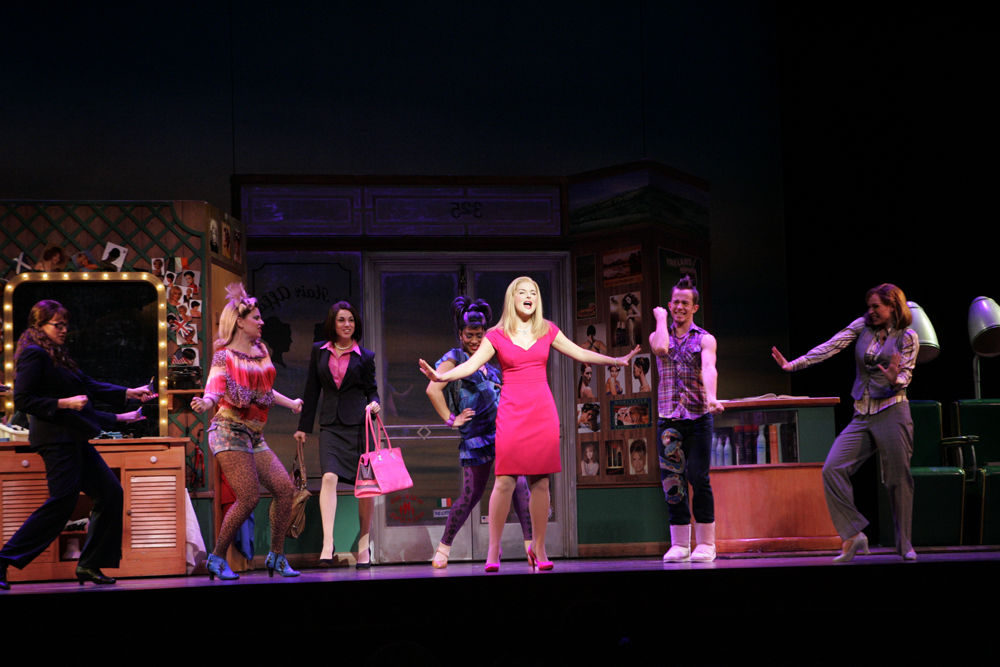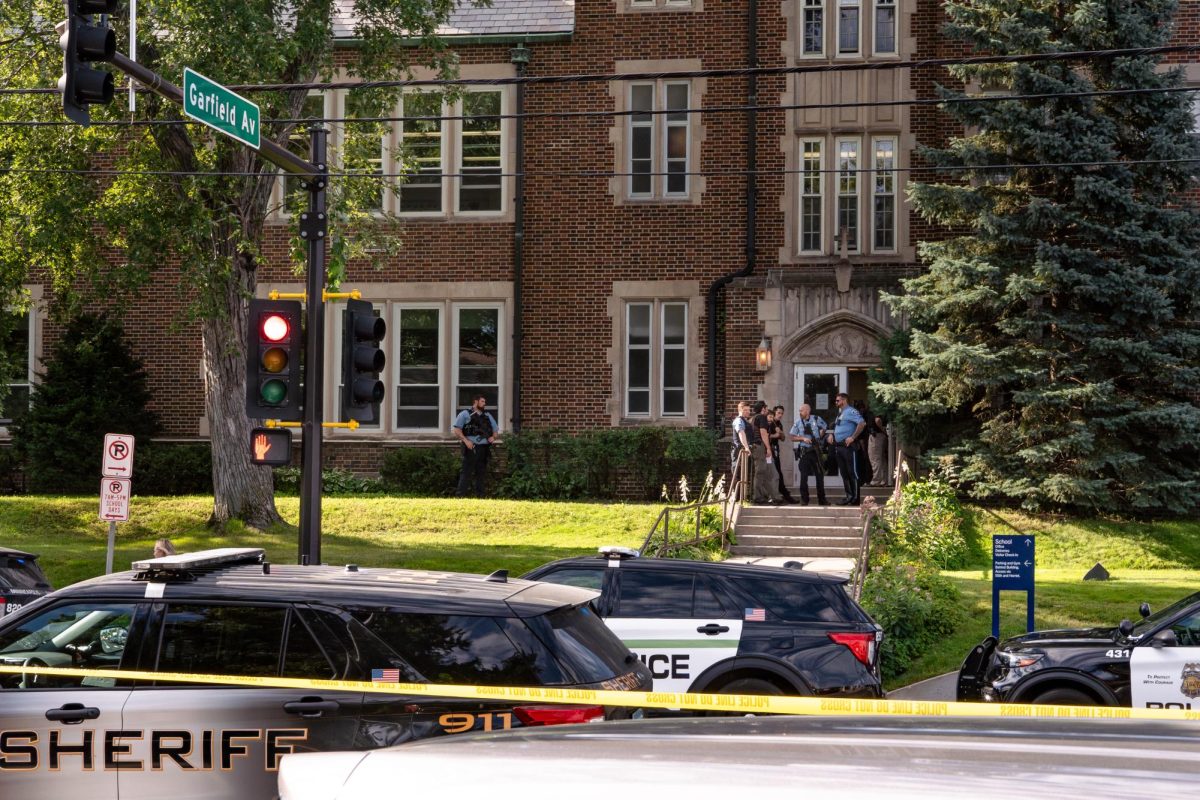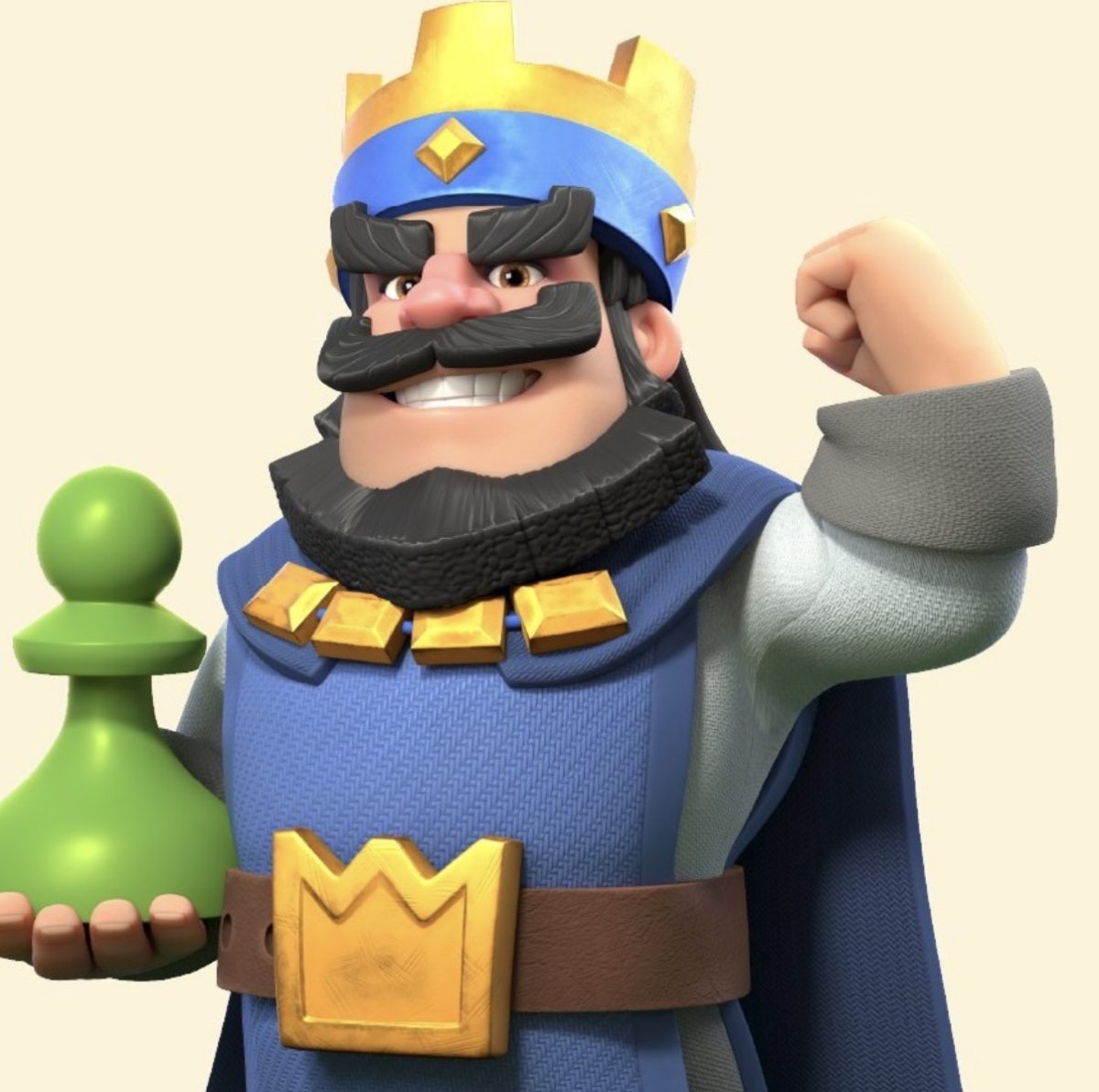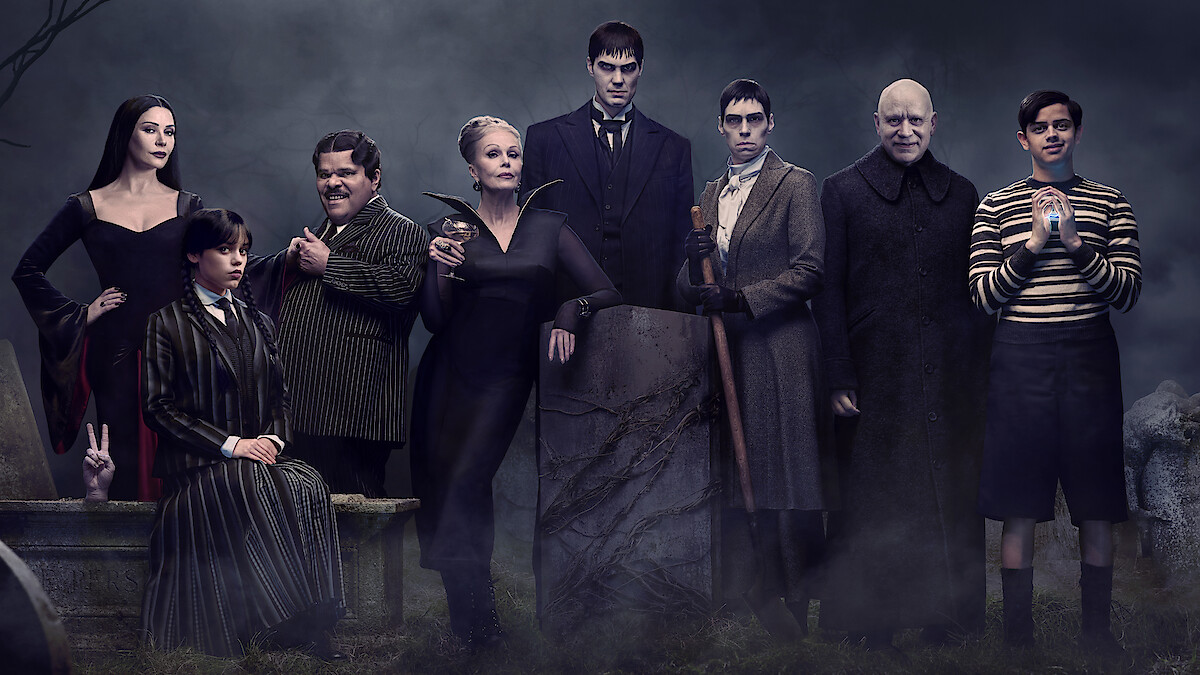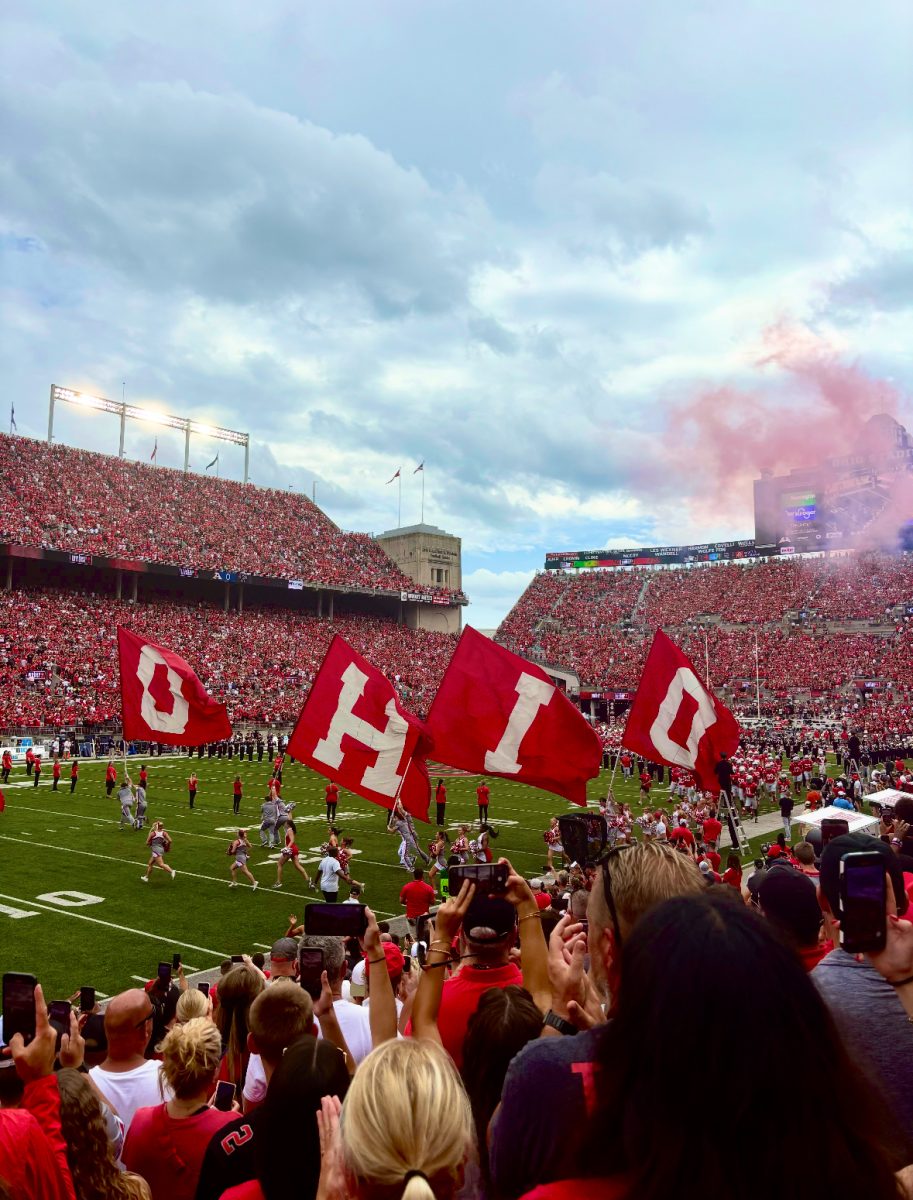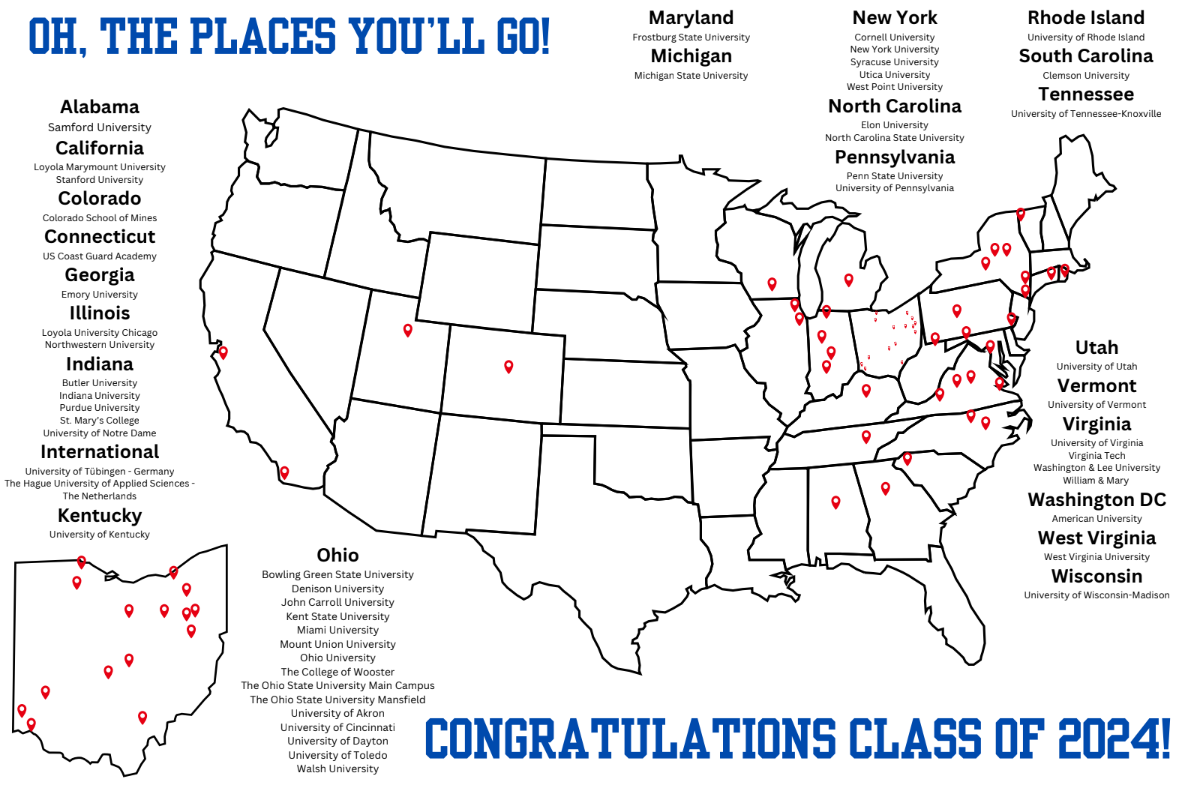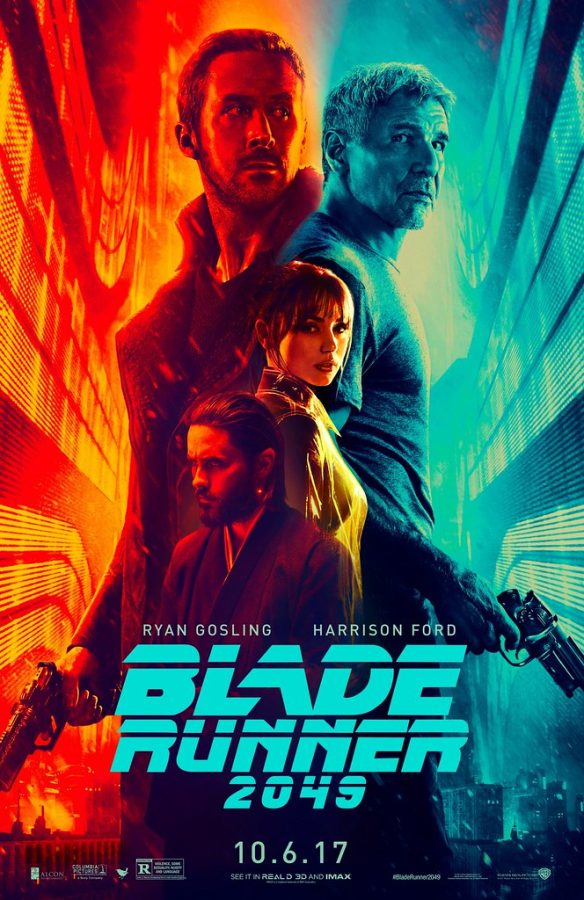Blade Runner 2049, directed by Denis Villeneuve, is a masterpiece of cinema that manages to outperform its renowned predecessor, Blade Runner. The movie, starring Ryan Gosling as K, a new Blade Runner entrusted with tracking down renegade replicants, is set thirty years after the events of the first one. The film, which is set in a dystopian future, is a visual and musical extravaganza that explores difficult subjects like identity, humanity and what it means to be alive.
The stunning visual and auditory ambiance of Blade Runner 2049 is among the film’s most striking features. Villeneuve and cinematographer Roger Deakins successfully crafted an environment that is both beautiful and menacing. The polluted skies, towering skyscrapers and neon-lit streets of Los Angeles create an immersive backdrop for the story to unfold. The visual effects are breathtaking, with the film’s depiction of holograms, replicants, and futuristic technology seamlessly blending into the environment. The sound design is also exceptional, with the film’s use of sound creating a sense of immersion that draws the audience into the world of the film.
Los Angeles’ smog-filled skies, towering buildings, and neon-lit streets provide a captivating atmosphere for the storyline to occur. Holograms, replicants and other futuristic machinery are shown in the film with stunning visual effects that seamlessly blend into the environment. The film’s use of sound to construct a vivid ambiance that draws viewers into the movie’s world is particularly excellent in terms of sound design.
The film’s plot is complex and thought-provoking, tackling issues that are relevant to our present culture. The script, which was co-written by Hampton Fancher and Michael Green, brilliantly connects the various storyline lines to create a cohesive story that keeps the audience’s attention from beginning to end. The film’s exploration of what it means to be alive as well as how replicants and humans coexist is both poignant and thought-provoking. The morality of creating artificial life and the nature of humanity are two significant issues highlighted by the film.
The battle between K (Ryan Gosling) and Luv (Sylvia Hoeks) on the Los Angeles seawall is one of the movie Blade Runner 2049’s most well-known scenes. K has identified Deckard (Harrison Ford) at an abandoned building on the seawall after searching for him in this scene. A replicant named Luv, who works for Niander Wallace (Jared Leto) approaches K with her unit in an attempt to get Deckard for her employer.
The two replicants fight to the death in a brutal and intense encounter that is beautifully orchestrated. Each punch and kick feels impactful and visceral in the scene and emphasizes the physicality of the fight. What makes this scene so iconic is the way it embodies the film’s themes of identity and what it means to be alive. K and Luv are both replicants, artificial beings created to serve humanity. However, in this scene, they are fighting for their survival, proving that they have a will to live and a desire to exist beyond their programmed purpose. This scene is a powerful commentary on the nature of humanity and the potential for artificial life to develop its sense of identity and purpose.
This moment in particular stands out in a movie that incorporates great sights and meaningful themes. It is a notable and iconic event in cinema history because of its tremendous choreography and gut-wrenching sound design. This scene from Blade Runner 2049 is worth watching for first-time viewers since it beautifully summarizes the film’s study of identity and what it means to be alive.
The tempo of the movie is one of its attractions. The film is about three hours long, yet it never appears dragged out or boring. Instead, Villeneuve deftly strikes a balance seen between action and character development to deliver a film that is both thrilling and emotionally compelling. The movie’s dramatic and thrilling ending offers a satisfying resolution to the narrative.
Yet, Blade Runner 2049 is not without its problems. The film’s study of difficult subjects may not be accessible to all audiences, and some viewers may feel the movie to be overly complicated. The overall brilliance of the movie is not lowered by these problems, albeit they are minor in the overall scheme of things.
The dystopian classic Blade Runner 2049 effectively advances the legacy of its predecessor. The movie is a must-see for fans of science fiction and general cinematography given its stunning visuals, superb casting, and intriguing plot. It is a testament to the capability of film to lead us to new places and explore complicated issues, and it is guaranteed to have a significant influence on whoever sees it. Blade Runner 2049 ranks among the greatest movies of the twenty-first century because Villeneuve and his team produced a masterpiece that is both aesthetically spectacular and intellectually stimulating.

